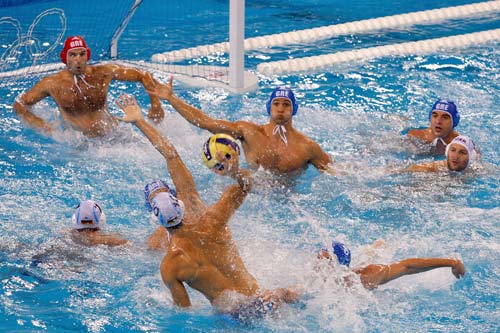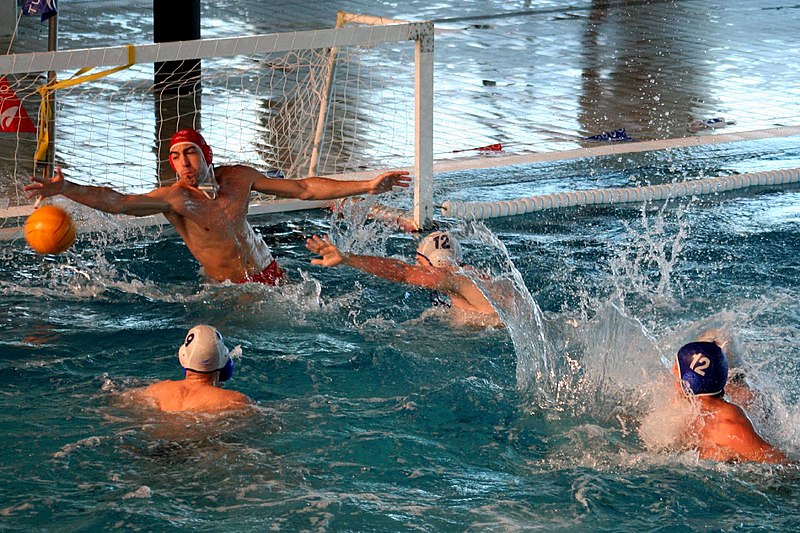Login form
Water Polo
 Water Polo, sport played between two teams in swimming pools with a netted goal set up at each end. The competing teams attempt to score points by throwing a buoyant ball into the opponent’s goal. Each goal is worth one point.
Water Polo, sport played between two teams in swimming pools with a netted goal set up at each end. The competing teams attempt to score points by throwing a buoyant ball into the opponent’s goal. Each goal is worth one point.
There are two versions of water polo, and the two versions differ in minor ways, such as in the length of the field of play. Most international matches follow rules and regulations set by the Fédération Internationale de Natation Amateur (FINA; International Federation of Amateur Swimming).
Canadian collegiate competitions use FINA rules. In the United States, collegiate competitions follow slightly different rules set by the National Collegiate Athletic Association (NCAA).
FINA has headquarters in Lausanne, Switzerland. In Canada, the governing body for the sport is Water Polo Canada, based in Gloucester, Ontario. In the United States, water polo is governed by United States Water Polo, Incorporated, located in Colorado Springs, Colorado.
|
Playing Area And Equipment |
||
|
The ball, which resembles a soccer ball, is a tightly inflated rubber sphere, 68 to 71 cm (27 to 28 in) in circumference and weighing 400 to 450 g (14 to 16 oz). The goals are rectangular netted frames of wood, metal, or plastic that float on the water surface. In size, each goal must be 30 cm (12 in) deep, 3 m (10 ft) wide, and 90 cm (35 in) high from the water surface to the top of the frame.
|


